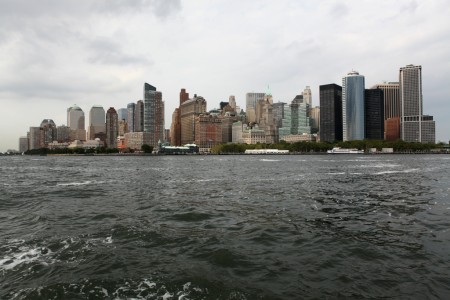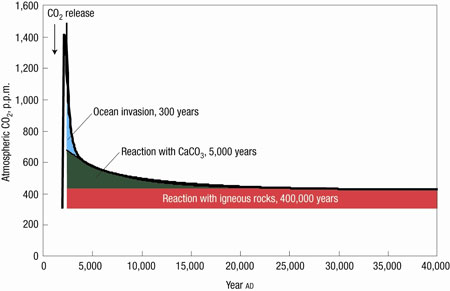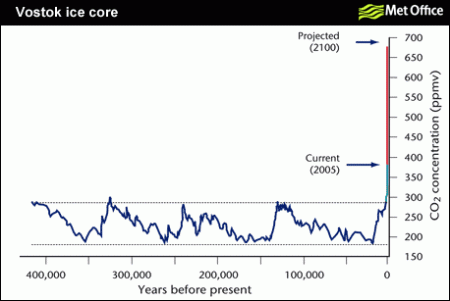When an atom of uranium undergoes fission in the right circumstances, it produces multiple neutrons which in turn induce fission in other uranium atoms, creating a chain reaction. Today, due to a lack of caution on the part of governments, there is a risk of something similar happening to satellites in orbit around the Earth. When they collide or get blown up, satellites produce large quantities of fast-moving debris. This can cause additional satellites to disintegrate, in turn.
The nightmare scenario is one resembling a nuclear chain reaction, in which a small number of initial collisions produce debris, additional collisions, and debris in an escalating cycle, until certain orbits are no longer safe and usable. This scenario is called Kessler Syndrome, a possibility first identified in 1978 by NASA scientist Donald J. Kessler.
The risk of this outcome can be reduced by improving procedures in the future. For instance, satellites can be designed so that they fall out of orbit when they cease to be useful. There could also be financial incentives put in place to encourage the operators of satellites to behave responsibly at the end of their lives – for instance, a bond that is paid when the satellite is launched and which is refunded when it burns up in the atmosphere. If a satellite is simply left to die in orbit, the bond money can be put into an insurance fund, to compensate the owners of any satellite that it collides with.
It may also be possible to deal with some of the existing junk in space, using a variety of methods such as lasers, the after-the-fact attachment of small disposal rockets to existing satellites, or possibly the use of some kind of membrane to catch small pieces of debris.








